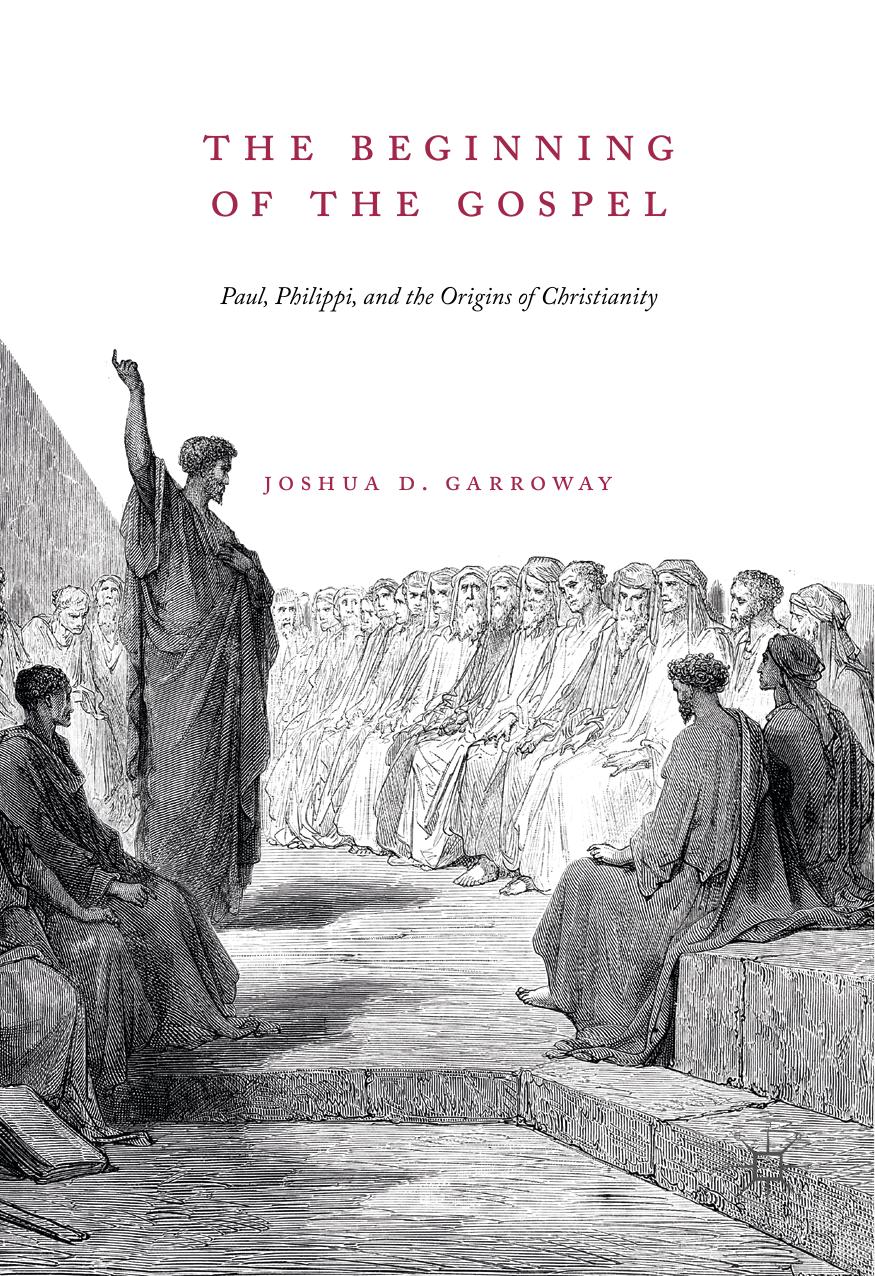The Beginning of the Gospel by Joshua D. Garroway

Author:Joshua D. Garroway
Language: eng
Format: epub, pdf
ISBN: 9783319899961
Publisher: Springer International Publishing
Between these verses, Mark adds a non-sequitur: âFirst the gospel must be preached to all the Gentilesâ (Mark 13:10). Commentators have supplied various reasons to construe this verse as an insertion by Mark, usually pointing to its distinctively Markan vocabulary or the contrast between its prose style and the poetic arrangement of Mark 9, 11â13. Most revealing, however, is Markâs inclusion of the word âfirst.â If Mark 13:10 said something along the lines of âthis is your opportunity to preach the gospel to all the nations,â it would fit nicely. In that case, Jesus would say that the appearances before governors and kings will provide the disciples the opportunity to spread the gospel, at which hour they should not be frightened by the stage. But âfirstâ mucks everything up. It probably links back to âthis is not yet the endâ in Mark 13:7, but its appearance in between Mark 13:9â11 (rather than before or after them) appears nonsensical because those verses form a natural temporal sequence: you will be brought to courts, where you will know what to say. The transition between Mark 13:9 and 13:11 may even have been smoother before Mark stuck 13:10 in between them. There is no reason for the temporal clause at the beginning of Mark 13:11, and even more so for the repetition of âdeliver up.â The redundancy is best explained if Mark inserted 13:10 after 13:9 and then tried to smooth out the text by adding a resumption clause at the beginning of 13:11.
Of the seven occurrences of euangelion in Mark, only Mark 14:9 is not obviously the result of Markâs redaction. To the end of the story of Jesusâs anointing at Bethany (Mark 14:1â8), someone has added a saying of Jesus: âTruly I say to you that wherever the gospel is preached in the whole world, even that which she has done will be mentioned in remembrance of herâ (Mark 14:9). Mark did not necessarily add the verse himself, however. He may have received the story in this form.33 Nevertheless, Marxsen concludes probably correctly that âwhat is true of six passages is probably true of the seventh.â34 If Mark added euangelion in the previous six examples, the most likely source of the insertion in Mark 14:9 is also Mark. In which case, all seven instances of the gospel in Mark result from deliberate redaction.35
Mark, it seems, is bent on linking Paulâs gospel to Jesus and his ministry. Not only does he inject the gospel into the Jesus traditions he organized and transmitted, he sets the term âgospelâ over the entire narrative (Mark 1:1) and makes it into the teaching of Jesus himself (Mark 1:14â15). Unsurprisingly, then, Mark and Markâs Jesus endorse the three fundamental tenets of Paulâs gospel. Over the course of the narrative, Mark demonstrates unmistakably (1) that the humiliating death of Christ on the cross provides redemption for the sinful; (2) that this redemption is available to Jews first but also to Gentiles ; and (3) that the redemption afforded by the cross renders the Law obsolete.
Download
The Beginning of the Gospel by Joshua D. Garroway.pdf
This site does not store any files on its server. We only index and link to content provided by other sites. Please contact the content providers to delete copyright contents if any and email us, we'll remove relevant links or contents immediately.
Guard Duty by Sharon Dunn(1002)
Explosive Situation by Terri Reed(878)
The Heart's Song by Winnie Griggs(722)
Valley of Shadows by Shirlee McCoy(710)
Truth of the Divine by Lindsay Ellis(695)
Kill Order by Adam Blumer(589)
The Match by Sarah Adams(562)
The Jerusalem Diamond by Noah Gordon(537)
The Prophets by Robert Jones Jr(532)
Closer Than She Knows by Kelly Irvin(472)
Threadly Secret by Samantha Price(458)
Christmas Up in Flames by Lisa Harris(456)
Dreams Interpreted by Lizzie Cornwall(451)
The Love Notes by Jennifer Griffith(438)
The Amish Widow's New Love by Liz Tolsma(423)
Explosive Situation (True Blue K-9 Unit: Brooklyn Book 4) by Terri Reed(420)
Girls Only! 1-4 by Beverly Lewis(418)
Song of Songs (Baker Commentary on the Old Testament Wisdom and Psalms) by Richard S. Hess(394)
TALES OF THE CARAVAN by Wilhelm Hauff(393)
